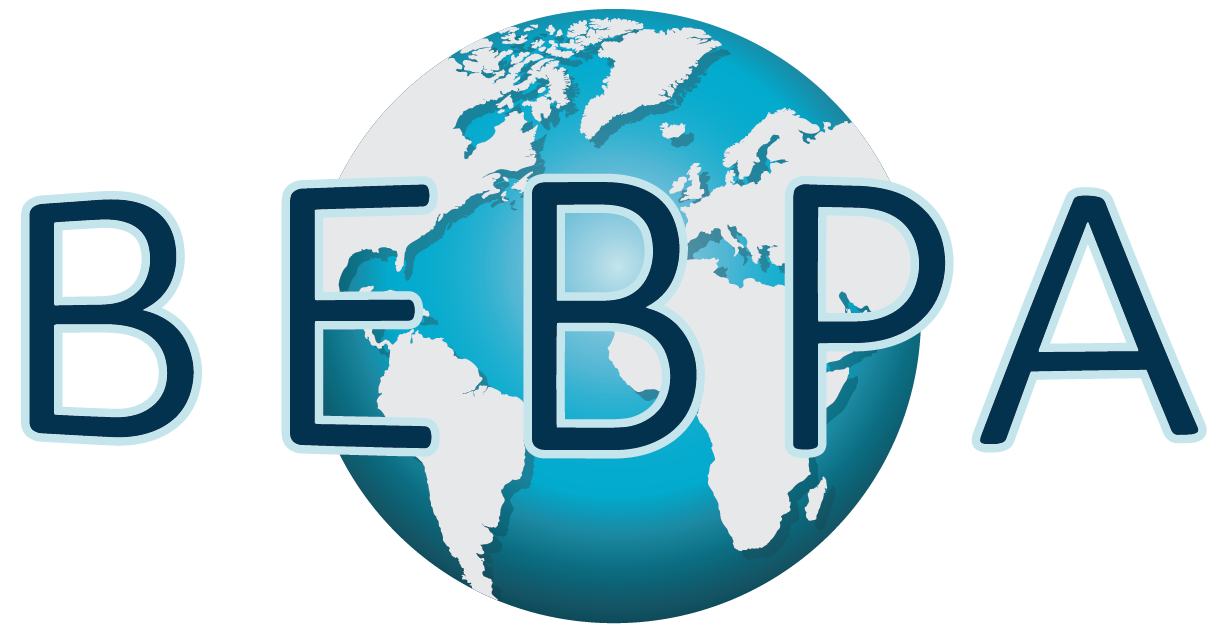BEBPA Blog
Tech Briefing: Regulatory Guidances for Potency Assays
By Laureen Little, Principal Consultant, Quality Services and President (BEBPA)
The potency bioassay is a keystone assay supporting the regulatory quality assurance strategy for verifying that products released for commercial use have similar biological activity to those used in clinical trials to demonstrate efficacy. We routinely gather at the annual BEBPA European Bioassay Conference to discuss the best scientific practices for developing potency assays. However, we can never forget that our task is two-fold when developing an assay to support commercial product release. We must develop good (great!) robust assays, but need to consider our regulatory commitments while doing so. This includes adequate documentation, controlled testing environment, good calibration practices, controlled sampling and sample preparation, and well understood, statistically sound outlier practices.
Many of the common quality control laboratory guidelines are part of the Good Manufacturing Practices (GMPs) of the various regions. These include:
- EudraLex – Volume 4 – Good Manufacturing Practice (GMP) guidelines
- US CFR Part 210 and 211 GMPs
- Health Canada Good manufacturing practices guide for drug products (GUI-0001)
- Japanese GMP Guideline for Drug Products
- WHO good practices for pharmaceutical quality control laboratories
These guidelines help our Quality Control Bioassay colleagues utilize our assays in a regulated environment. However, assuring that we, as developers of the potency assay submit a well-developed assay which is suitable for the QC assay is not covered in the GMP guidelines above. In the past decade the International Conference of Harmonization (ICH) has stepped into this void between scientific development of an analytical method and its use in a regulated laboratory and written several influential guidances which are used in Europe, the US and Japan as well as most other regions around the world.
These documents include:
- QA!-Q1F Stability
- Q2 Analytical Validation
- Q3A-Q3E Impurities
- Q4A-Q4B Pharmacopoeias
- Q5A-Q5E Quality of Biotechnological Products
- Q6A-Q6B Specifications
- Q7 Good Manufacturing Practice
- Q8 Pharmaceutical Development
- Q9 Quality Risk Management
- Q10 Pharmaceutical Quality System
- Q11 Development and Manufacture of Drug Substances
- Q12 Lifecycle Management
- Q13 Continuous Manufacturing of Drug Substances and Drug Products
- Q14 Analytical Procedure Development
The most often quoted ICH guidelines in the potency bioassay field include, Q2 – analytical validation, and Q14 Analytical Procedure Development, both of which have been revised or released in the last two years.
These two documents work together and attempt to cover the entire life cycle of the development and validation of any analytical method. This includes the potency bioassay.
ICH Q14 drills down into the development phase of the analytical method and suggests that a risk assessment should be undertaken of the product. This results in the development of an Analytical Target Profile (ATP). One of these ATPs for biotech/biopharma characteristics is always the biological activity of the molecule as it relates to the therapeutic Mechanism of Action (MoA). In general, these concepts seem logical and laudable. A goal worth achieving. However, just how one goes about implementing these concepts for a bioassay is not described in these documents. This is where BEBPA’s European Bioassay Conference, held in Prague from 25-27 September 2024, comes in. We have asked several of your bioassay colleagues to come and discuss what they are doing, specifically for their bioassays.
These talks include:
Implementation of Concepts from ICH Q14 into Practice – Case Study for a Cell-Based Assay
Simon Anderhub
Senior Expert Science & Technology, Novartis
Responding To Late-Phase Regulatory Expectations – How A Cell-Based Characterisation Assay’s Unexpectedly High Sensitivity To Residue Oxidation Changed Regulatory Filing Strategy For Lot-Release
David Perez-Martinez
Senior Scientist, AstraZeneca
Total Analytical Error: The Not Any-More Missing Link Between Validation Guidelines Such as ICHQ2(R2), ICHM10, USP 1033, USP 1210, and Many Others
Eric Rozet
Director Statistics, Pharmalex Belgium
We also have sessions about how to automate functional bioassays, how to know when your assay is good enough and special interest groups for Cell and Gene Therapies, Vaccine Products, Monoclonal Antibody Products, and how to handle flow cytometry assays. Our brochure is constantly being updated as our speakers obtain permission to post their abstracts – so please check it out HERE.
This conference is the go-to meeting for gaining scientific, regulatory and practical hints about bioassay. The networking opportunities at the on-site conference are plentiful and critical if you want to understand where the bioassay field is. Current attendee registration indicates we will sell out, so please register today to make sure you will be there!
